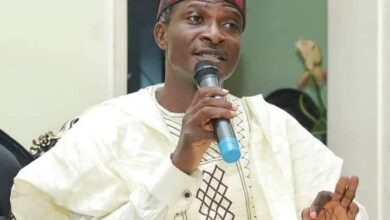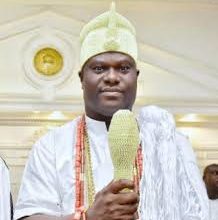Religious in the world – Tiv people social value

Religious in the world, the social and religious values behind the Tiv traditional marriage are based on the segmentary lineage model. The Tiv social organization revolves around the absence of state formation. What I mean by state formation here is different from the western notion of state. In the western state formation, there is a strict structured pattern with organs either elected or appointed like the prime minister, presidents and governors et cetera. This scenario was very shocking and interesting to Charles Forbes Gordon, “who in 1907 was the first British official to travel extensively in Tiv nation, He was impressed by the lack of real authority among the Tiv, though he noted that it was possible to call together many Tiv in a short time. In his word as reflected by Adrian,
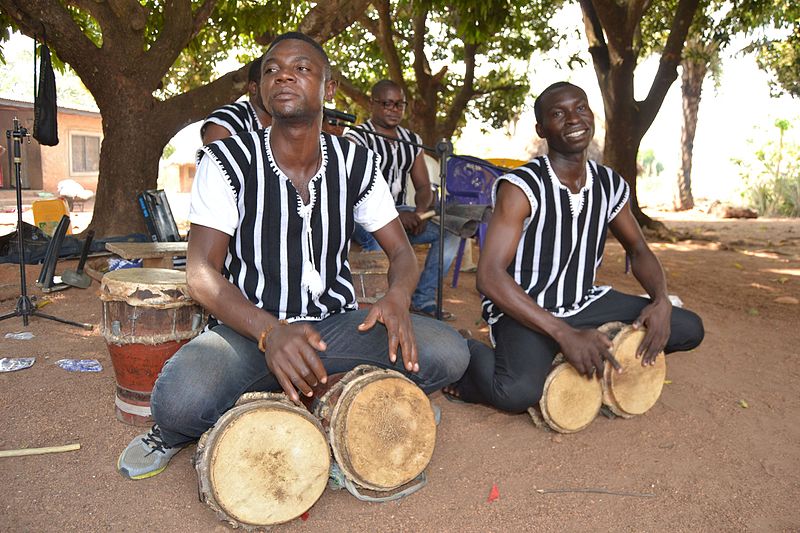
Religious in the world make some unique things possible in the early age. The clans are divided into sections in which there is one who is spoken of as the headman, but his position is to a great extent honorary, and unless popular or feared, has little authority in the section outside his own cluster of village, in their relations, however with government, the recognized headman of the section has generally been pushed forward, but it is seen apparent that he is only there as a figure head, and that each individual (the only unit) may hear what is going on but not bind himself, in spite of their representative having seemingly done so.
The earliest British officials, “notably Abraham (1940s), Downes (1933), depicted Tiv society as a gerontocracy with certain amount of ritual specialization, that is an evidence of religious in the world, it is segmented into which chieftaincy had come as an alien and inappropriate transplant. The Tiv from the onset had no organized state formation as the western and other groups. Part of the reason for this situation is to be found in MacBride’s remark, “The Tiv has many heritages, the function and relative importance of which are not immutable. There is no one strictly marked out path to leadership. However, the Tiv give esteem to men of standing much more readily than they give obedience. Though, due to western influence, the idea of organized leadership and authority is now gradually being introduced and practiced in Tiv land. In real situation, “the Tiv are a classical example of a segmentary society which the basic political units are grouped and contra posed around a genealogy.
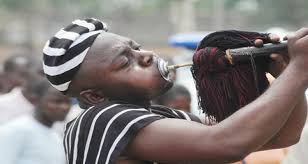
Religious in the world make it possible for the Tiv social structure to be built upon and welded together along blood lines that keep evolving. This elementary unit grows into a family, and the family grows into a community, and the conglomerate of various communities gives rise to the emergence of the social cultural ethnic group, called Tiv. Marriage is the most important unit of Tiv society, spanning years of expansion into the Benue valley, accompanied by rapid population growth, wars and proximity to commerce (all those features, which are usually held to explain the formation of the state) apparently left the Tiv an centralized yet strongly self-conscious ethnic category.
According to Ralph Baker, “The Tiv are in a Family State. We see the family in its various stages from the immediate progenitors to the patriarch of his family group, and from him to the kindred group, which is an original family group split up into lesser family groups. The aforementioned explanation in relation to Tiv cosmology of other states, for example, are determined geographically: states, counties, townships, cities, villages. The divisions of Tiv land are determined genealogically: clans, sub-clans, kindred, family groups, and households. Religious in the world enable every village to contains a family group. Several villages are joined in a wider family group. Several sparsely populated family groups make up a hamlet, several hamlets make up kindred, and then, several kindred then clan. The clans trace their origin back to the father of the tribe, Tiv. The people are very conscious of their relatives and can trace back their ancestry for several generations. The word “brother” or “sister” has a much wider reference and entails a much more complicated social relationship among the Tiv. Baker thus describes the Tiv as “clannish in the most elementary sense. Tribal loyalty or loyalty to one’s clan It is the most fundamental feature of the Tiv social organization. It emphasizes the fact that, “blood is the basic tie among the Tiv, everyone knows.
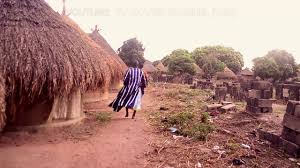
This attests to the fact that, all Tiv believe themselves to be descended from an eponymous ancestor located some fourteen to seventeen generations back in their genealogies. Legends of origin and the cultural and linguistic homogeneity of the Tiv tend to add credence to such a view in broad terms. Most Tiv groups, for whatever purpose they are formed, are defined in the idiom of common descent. Three distinct forms of grouping are distinguished by their different appeals to the Tiv genealogical charter.



